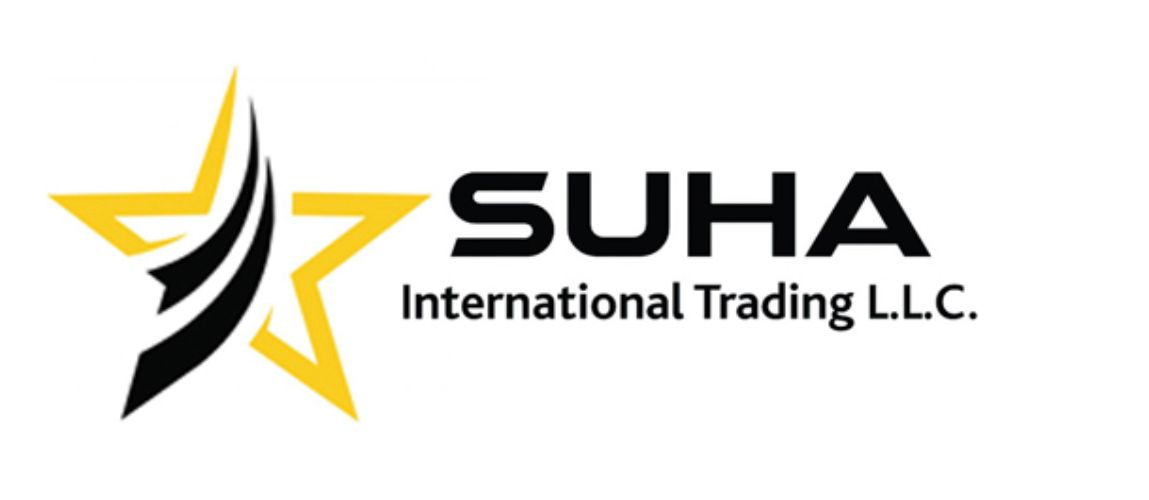Prilled Urea Suppliers in UAE And Turkey

Description of Prilled Urea
Prilled urea is a highly concentrated nitrogen fertilizer, consisting of small, uniform, spherical granules. Chemically known as CO(NH₂)₂, it contains 46% nitrogen (N), making it one of the most efficient and widely used nitrogenous fertilizers globally. Its granular prilled form ensures excellent handling, storage, and application efficiency, catering to both large-scale commercial farms and smallholder agricultural operations.
Prilled urea’s uniform size and shape make it ideal for mechanical spreading, blending with other fertilizers, and use in fertigation systems. It is recognized for its high nitrogen content, rapid solubility in water, and compatibility with various soil types.
Applications and Uses of Prilled Urea
Prilled urea is one of the most widely used nitrogen fertilizers globally due to its high nitrogen content, solubility, and ease of handling. Its applications extend across agriculture, soil management, industrial processes, and advanced irrigation systems:
1. Agriculture
-
Cereal Crops: Prilled urea is extensively used in wheat, rice, maize, barley, and other cereals. Its high nitrogen content promotes vigorous vegetative growth, improves leaf area, and enhances protein content in grains. Farmers can apply it at different crop growth stages to optimize yields.
-
Vegetables and Fruits: Nitrogen is essential for photosynthesis and vegetative development. Prilled urea provides crops like tomatoes, potatoes, cucumbers, and leafy vegetables with the nutrients required for strong stems, abundant foliage, and better fruit formation.
-
Legumes and Pulses: Though legumes can fix nitrogen biologically, supplementary prilled urea can support higher yields, especially in nitrogen-depleted soils, improving pod formation and overall productivity.
-
Cash Crops: Sugarcane, cotton, and oilseeds benefit from urea application, which boosts biomass production, fiber quality, and oil content.
2. Soil Fertility and Nutrient Management
-
Nitrogen Source: Urea rapidly supplies nitrogen to the soil, improving plant growth and overall soil fertility.
-
Integrated Nutrient Management: When combined with phosphate, potash, and micronutrients, prilled urea ensures balanced nutrient availability, supporting sustainable crop production.
-
Soil Amendment: Used in both acidic and neutral soils, urea contributes to improving soil organic matter when applied in conjunction with compost or biofertilizers.
3. Fertigation and Hydroponics
-
Drip Irrigation Systems: Prilled urea dissolves quickly in water, making it ideal for fertigation. This allows precise control of nutrient delivery, reducing waste and increasing fertilizer use efficiency.
-
Hydroponic Cultivation: In soil-less systems, prilled urea provides an easily adjustable nitrogen source, supporting consistent plant growth, leaf color, and biomass accumulation.
4. Industrial Applications
-
Chemical Manufacturing: Beyond agriculture, prilled urea serves as a feedstock in the production of urea-formaldehyde resins, adhesives, plastics, and melamine derivatives.
-
Animal Feed Additive: In ruminant nutrition, urea provides a source of non-protein nitrogen, which is converted by microbes into amino acids, improving protein synthesis in livestock.
-
Cooling and Refrigeration Industry: Used in certain industrial cooling systems for ammonia synthesis and other chemical processes.
5. Blending with Other Fertilizers
-
Prilled urea is often blended with phosphate fertilizers (like DAP and TSP), potash (MOP), and micronutrients to create NPK fertilizers tailored for specific crop requirements.
-
Blended fertilizers improve soil nutrient balance, enhance crop growth, and reduce the number of separate fertilizer applications, saving time and costs for farmers.
6. Horticulture and Greenhouses
-
Prilled urea supports the growth of ornamental plants, flowers, and greenhouse vegetables, helping achieve vibrant foliage, strong stems, and better flowering.
-
Its solubility allows precise nutrient dosing, crucial for high-value horticultural crops requiring controlled growth conditions.
7. Environmental and Sustainable Agriculture
-
Controlled application of prilled urea in combination with nitrification inhibitors reduces nitrogen loss due to leaching or volatilization, improving nitrogen use efficiency (NUE).
-
Supports sustainable farming practices by providing precise nutrient management, reducing fertilizer overuse, and minimizing environmental impact.
Properties of Prilled Urea
-
Appearance: Small, white, spherical granules (prills).
-
Nitrogen Content: 46% N.
-
Solubility: Highly soluble in water.
-
Moisture Absorption: Hygroscopic; requires proper storage to prevent caking.
-
pH: Slightly alkaline in solution (pH ~7–9).
-
Density: ~0.72–0.85 g/cm³.
Handling and Storage
Proper handling and storage ensure the quality and efficiency of prilled urea:
-
Moisture Protection: Store in dry, ventilated areas to prevent caking and degradation.
-
Temperature: Avoid exposure to high humidity and direct sunlight.
-
Containers: Use moisture-resistant bags, silos, or bulk storage bins.
-
Safety: Handle with care to avoid dust inhalation; wear protective equipment if necessary.
Safety Tips
-
Avoid direct inhalation of dust.
-
Prevent contact with eyes and skin; wash immediately if exposed.
-
Keep away from sources of heat or flames, as urea is not highly flammable but may decompose under extreme conditions.
-
Avoid mixing with strong oxidizers in confined spaces.
Packing and Container Loading
Prilled urea is typically packed and shipped in the following formats:
-
25 kg Bags: Woven polypropylene bags with inner liners for moisture protection.
-
50 kg Bags: Standard industrial bags for bulk distribution.
-
Bulk Shipment: Loaded in containers or jumbo bags (500–1,000 kg) for large-scale buyers.
Container Loading:
-
20 ft Container: ~18–20 metric tons of prilled urea.
-
40 ft Container: ~24–25 metric tons of prilled urea.
-
Ensures safe handling and optimal storage during transportation.

